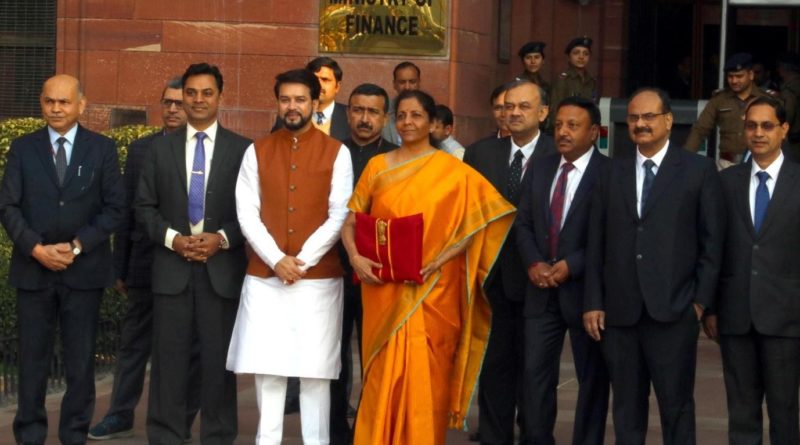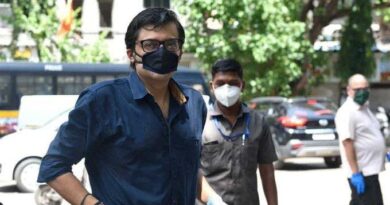India’s 2020 Budget is short of expectations but growth oriented
Pranab Kumar Chakravarty
LIKE her predecessors, Finance Minister Nirmala Sitharaman has also received bouquets and brickbats for her India’s budget presented in Parliament on February 1 amid expectations from all sections of the society including trade and commerce. It is only the team FM knows how arduous it is to frame a budget giving the varied constraints to appease every expectant in the endless and serpentine queue. It is, however, difficult to be on the same page with several senior opposition leaders including some state Finance Ministers who have trashed the national budget for 2020-21 as visionless considering they are aware that economy of a nation is impacted by varied national and international factors. As Prime Minister Narendra Modi, who had headed the government in Gujarat for 13 years prior to coming to national politics, says the Union Budget will accelerate the economic growth, financially empower every citizen and strengthen the foundation of the economy in the new decade. After a cursory look at the budget proposals, these reflect both vision and action. A host of proposals for rejuvenation of rural India to double farmers’ income in next years, identification of the perennial water stressed districts, proposed allocation of INR 69,000 crore inclusive of INR 6,400 for expansion of Ayushman Bharat health-care and introduction of Public Private Partnership -PPP-Mode in various sectors including education should be hailed as government singlehandedly cannot bankroll these projects. PPP is not a new concept in India as both federal and state governments are engaged in executing schemes. Simplification of the direct tax structure and GST, unified procurement system, stress on disinvestment are among the steps are intended to enhance people’s ease of living. The Budget will help increase income and investment, demand and consumption, bring new vigour in the financial system and credit flow. Agriculture, infrastructure, textiles and technology have been listed in the priority sector. Finance Minister Nirmala Sitharaman promised a clean, reliable and robust financial sector for achieving the ambitious target of USD 5 trillion economy. Presenting the Budget for 2020-21, Sitharaman said robust mechanism is in place to monitor health of all commercial banks and asserted that depositors’ money is safe. She noted that Rs 3.50 lakh crore capital has been infused in public sector banks in past years, while acknowledging that there is a need for greater private capital in banks. Sitharaman further said the government plans amendments to facilitate separation of government pension trust from Pension Fund Regulatory and Development Authority (PFRDA). Under PM Jan Arogya Yojana (PMJAY) there are more than 20,000 empanelled hospitals. Families earning less than INR 5 lakh annually will be covered in Tier-2 and Tier-3 cities for providing free medical treatment. It is proposed to set up Viability Gap funding window for setting up hospitals through PPP mode. In the first phase, those aspirational districts will be covered, where presently there are no Ayushman empanelled hospitals. This would undoubtedly provide large scale employment opportunities to medical PR actioners. Proceeds from taxes on medical devices would be used to support this vital health infrastructure as FM said. Appreciating Ayushman Bharat, Apollo Group Chairman Pratap C Reddy said that in addition to initiatives announced to improve access to medical care across the nation and boost human health resources, it was encouraging that vital determinant of good health which includes wellness, nutrition clean drinking water, and sanitation were at the forefront of this Budget. It is indeed a balanced budget to kickstart growth if its proposals are implemented. The government is tasked to ensure that the goal identified in the budget is achieved during the next fiscal ending March 2021.The government must also consider suggestions given by Parliamentarians, economists as well business leaders who know where the shoe pinches.(courtesy to musingsofaseniorjournalist)




